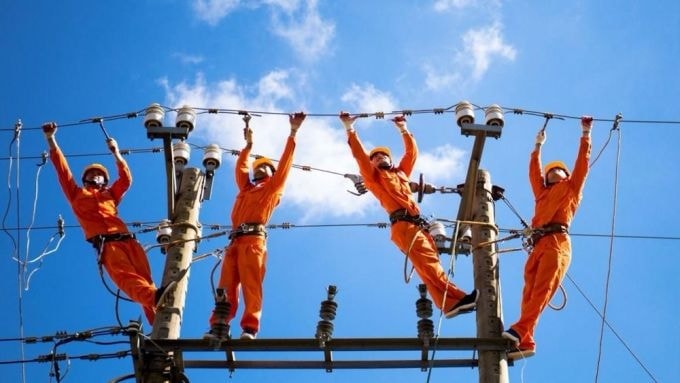
Vietnam Electricity Group (EVN) has just announced that the average retail electricity price (electricity price) will increase from VND2,006.79 to VND2,103.11 per kWh (excluding VAT), equivalent to an increase of 4.8%.
This decision was approved in principle by the Government and the Ministry of Industry and Trade . According to Decision 05, on the mechanism for adjusting average retail electricity prices, effective from March 26, electricity prices will be adjusted when the average electricity price increases by 3% or more compared to the current level.
The first reason for adjusting the electricity price is that the actual average selling price has fluctuated by more than 3%, the level adjusted according to this decision.
Every year, the Ministry of Industry and Trade will establish a team to inspect the cost of electricity production and business of EVN to calculate and propose adjustments to retail electricity prices. According to the inspection results in 2023, the average commercial electricity price will be 1,953.57 VND per kWh, an increase of 3.76% compared to 2022.
In fact, both the previous and current regulations have a mechanism to adjust electricity prices every 3 or 6 months, if the cost increases by 3% or more. But the implementation process does not happen like that. For example, from 2017 to now, electricity prices have been adjusted 4 times, in 2017 (increased by 6.08%), 2019 by 8.36%. This price is kept for 4 years, until May and November 2023 when it will increase by 3% and 4.5% respectively.
The Ministry of Industry and Trade has said that the actual average electricity price adjustments in recent years have often been lower than the proposed plan of EVN and the review results of competent State agencies. This has led to accrued costs because the adjustment level is not enough to recover the arising costs that have not been included or have not been fully included in the electricity price.
The next reason for the electricity price increase is to solve the financial balance problem for EVN. With the electricity selling price of 2023, this group is selling below the production and business cost of 135.33 VND per kWh, equivalent to 6.92%, according to the Ministry of Industry and Trade.
Regarding input costs, EVN Deputy General Director Nguyen Xuan Nam said that from 2023, the coal and gas price index will increase much higher than in 2021. By 2024, due to the Russia-Ukraine conflict, the coal and gas market and exchange rates will increase.
Specifically, according to EVN's report, coal prices in 2023 will increase by 22-74%, crude oil will be 39-47% higher than the average of 2020-2021. Similarly, the exchange rate will also increase by 1.9% compared to 2022. This increases the cost of purchasing electricity or fuel under contracts in foreign currency (USD) such as at gas-fired thermal power plants, coal or imported sources from Laos and renewable power plants.
At the same time, due to the impact of climate change and El Nino, EVN had to mobilize maximum thermal power and oil sources, instead of hydropower sources, to ensure enough electricity. The proportion of cheap sources (hydropower) decreased from 38% to 30.5%, while expensive sources (coal and gas thermal power) increased from 35.5% to 43.8%.
In total, last year, EVN lost more than VND34,245 billion from electricity production and trading. If other financial income is deducted, the loss will decrease to VND21,822 billion. In 2022, the "big guy" in the electricity industry will also lose nearly VND36,300 billion from this activity. If the loss due to the exchange rate difference from 2029 (more than VND18,000 billion) is added, EVN will lose more than VND76,000 billion (about USD3 billion) in two years.
"This is a situation of buying high and selling low. That is, the input is based on the market but the output is not determined according to the costs that have been calculated correctly, sufficiently, reasonably, and validly in the process of electricity production and business," commented former Director of Price Management Department Nguyen Tien Thoa. According to Mr. Thoa, this leads to many inadequacies and consequences for electricity production and business and electricity-using industries, and for the whole economy .
Specifically, Mr. Phan Duc Hieu, member of the National Assembly 's Economic Committee, said that the electricity price being lower than the production and distribution cost causes losses to these units. "Thus, it is not fair because the electricity price benefits one group of people but becomes a loss for others," he said.
Experts say that the electricity industry's prolonged losses pose a risk to future power development. "Costs are almost no incentive to invest and attract capital from private enterprises," said Dr. Ha Dang Son, Director of the Center for Energy and Green Growth Research. Meanwhile, according to experts, EVN's prolonged losses will affect its financial reputation when borrowing international capital. This is because the credit rating of this enterprise will be lowered, leading to difficulties in arranging or accessing capital with preferential interest rates. This will make it difficult to implement medium- and long-term power development plans.
In fact, according to the Power Plan VIII, the power system capacity will reach 59,318 MW by 2025, an increase of more than 10,000 MW compared to present. This capacity will increase to 90,512 MW by 2030. Of which, onshore wind power capacity is about 21,880 MW, rooftop solar power (self-produced, self-consumed) will increase by 2,600 MW, hydropower 29,346 MW... Vietnam will need nearly 135 billion USD to develop power sources and transmission grids by 2030. Capital demand for power source and grid development will increase to 399-523 billion USD by 2050, of which over 90% will be for building new power sources, the rest will be for transmission grids.
In this aspect, according to Associate Professor Dr. Bui Xuan Hoi - Principal of the Northern College of Electricity, the lack of profit will not ensure capital and cash flow for reinvestment. In fact, according to him, if EVN suffers too many losses and loses its ability to pay, it will also affect other businesses that sell electricity to this group. "The eighth electricity plan is very large and ambitious, but if we continue to manage prices as they are now, the implementation of this plan will be very far away," he said, adding that this could lead to power shortages in the future.
According to Dr. Ha Dang Son, considering electricity prices lower than production costs can lead to a situation where businesses have no motivation to use energy economically and change technology. "Some businesses say their solutions are short-term and the amount of electricity savings is not much, wanting businesses to invest longer term with higher efficiency requires 7-10 years," he said, arguing that this does not create motivation for green growth and sustainable development.
This comment was made by Mr. Nguyen Xuan Thanh, Lecturer at the Fulbright School of Public Policy and Management Vietnam at the Vietnam Economic Forum at the end of last year. According to Mr. Thanh, more and more new energy sources are entering the power system, and these are more expensive than the average cost and current electricity price. It is estimated that if the cost of renewable energy is 5-7 cents per kWh, plus transmission, the retail price needs to increase to 10-12 cents per kWh (including retail and distribution costs). Meanwhile, the average retail price of electricity is equivalent to about 8 cents.
That is, electricity prices need to be updated, fully calculating new and arising production costs. "Of course, increasing electricity prices will lead to negative reactions in society, but there will be no green transformation or development of renewable energy without a roadmap to increase electricity prices at a level attractive enough for investment," he said.
Vietnam is moving towards a green economy, so according to Fulbright lecturer, one of the policy priorities is to resolutely implement the roadmap for increasing electricity prices and energy prices in the direction of calculating full economic and social costs. This is to limit, or at least not give preferential treatment to economic sectors that are intensive in electricity and force businesses to innovate technical and technological solutions in production, increasing energy efficiency.
In addition, experts believe that electricity prices are having to shoulder "multi-purpose tasks". including cost compensation, investment incentives, social security, energy security, and inflation control. In addition, the long-standing cross-subsidy between household electricity users (high and low levels), between households and production, between regions, etc. has not been resolved.
"There are conflicting goals that are difficult to reconcile. Management agencies need to recalculate to ensure the proper role of electricity prices," said Mr. Thoa, adding that without a clear roadmap to address these shortcomings when amending the law, it will be difficult to encourage economic sectors to participate in investing in the electricity industry.
Sharing the same view, Mr. Phan Duc Hieu suggested that in the long term, electricity prices must be separated into policy groups, instead of just through electricity prices to harmonize the interests of all parties including consumers, manufacturers and the State. He gave an example of a policy group to increase competition in electricity distribution, social security policies and separate subsidies for the poor. Or to encourage green production and consumption, authorities must have a group of tax policies, promote the application of science and technology, and circular economy. At the same time, the electricity price scale must also be reasonably designed so that people can consume electricity economically, reasonably and effectively.
From the perspective of the management agency, Mr. Tran Viet Hoa, Director of the Electricity Regulatory Authority (Ministry of Industry and Trade), said that the adjustment of electricity prices is based on political, legal and practical grounds. In particular, Resolution 55 clearly states the direction towards market-based energy prices. "Therefore, in recent times, the state management agency has reviewed policies, such as Decision 28 on the average retail electricity price structure, and studied the application of two-component electricity prices," he said. Mr. Hoa said that Decision 28 has been submitted to the Prime Minister. The two-component electricity price mechanism has completed its research project, and is expected to be piloted in a number of provinces and cities by the end of 2024.
TH (according to VnExpress)Source: https://baohaiduong.vn/vi-sao-tang-gia-dien-395460.html



![[Photo] Fall Fair 2025 and impressive records](https://vphoto.vietnam.vn/thumb/1200x675/vietnam/resource/IMAGE/2025/11/03/1762180761230_ndo_br_tk-hcmt-15-jpg.webp)
![[Photo] Prime Minister Pham Minh Chinh receives the Chairman of the Japan-Vietnam Friendship Association in the Kansai region](https://vphoto.vietnam.vn/thumb/1200x675/vietnam/resource/IMAGE/2025/11/03/1762176259003_ndo_br_dsc-9224-jpg.webp)
![[Photo] General Secretary To Lam receives Singaporean Ambassador Jaya Ratnam](https://vphoto.vietnam.vn/thumb/1200x675/vietnam/resource/IMAGE/2025/11/03/1762171461424_a1-bnd-5309-9100-jpg.webp)
![[Photo] Lam Dong: Close-up of illegal lake with broken wall](https://vphoto.vietnam.vn/thumb/1200x675/vietnam/resource/IMAGE/2025/11/03/1762166057849_a5018a8dcbd5478b1ec4-jpg.webp)


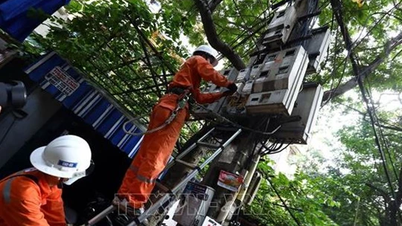


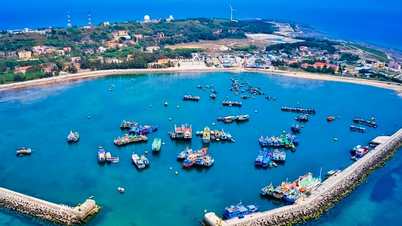




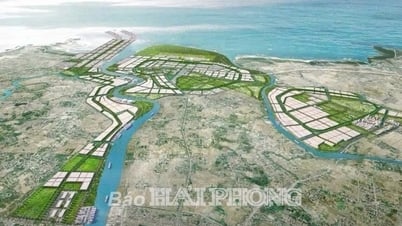








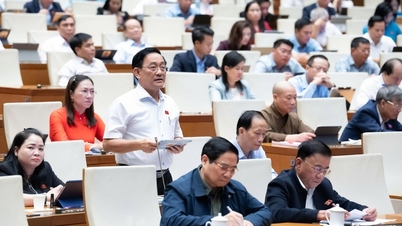
















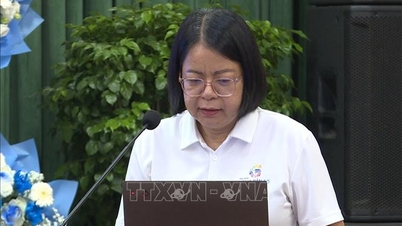












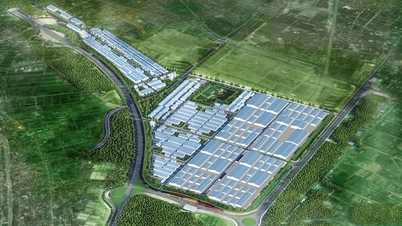













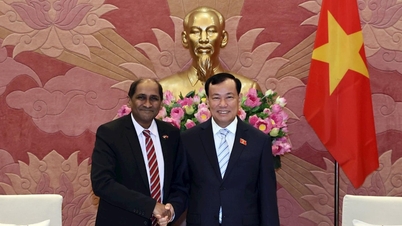

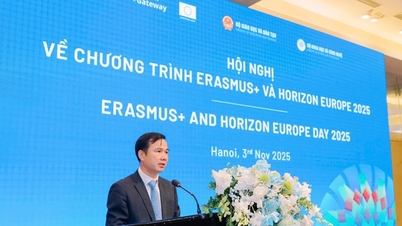











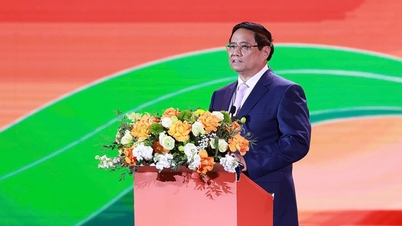




















Comment (0)